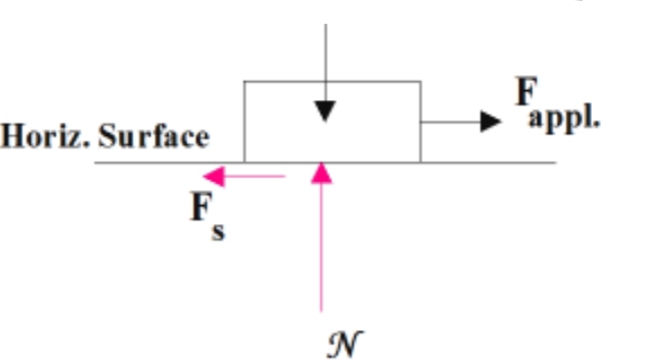Introduction:
We know that the rate at which an object works is called ability. To determine the power of an object we use the equation P = W ÷ t. If we know the momentum, mass and working time of an object, we can determine the power of the object.
Abstract:
The rate of object’s work is called power. Here we will discuss about the relationship between object’s momentum, mass and working time.
Method:
We know that- v²=u²+2as
Or, v²= 2as [u=0]
Or, 2as= v² [Transforms]
Or, as= v²÷2. [Transforms]
So, as= v²÷2__________(i)
Again, We know that- P=W÷t
Or, P= mas÷t
Or, P= (mv²÷2)×(1÷t)
Or, P= mv²÷2t
So, P= mv²÷2t
= m²v²÷2mt
= (mv)²÷2mt
= p²÷2mt. [p=mv]
So, P= p²÷2mt__________(ii)
If p= 2p then-
P'= (2p)²÷2mt
= 4p²÷2mt
P'÷P= (4p²÷2mt)÷(p²÷2mt)
= (4p²÷2mt)×(2mt÷p²)
= 4
So, P'= 4P
If p= ½p then-
P’= (½p)²÷2mt
= ¼p²÷2mt
= p²÷8mt
P'÷P= (p²÷8mt)÷(p²÷2mt)
= (p²÷8mt)÷(2mt÷p²)
= ¼
So, P=¼P
If the square value of the momentum of an object increases, then the value of the power of the object increases proportionally. If the square value of the momentum of an object decreases, then the value of the power of the object decreases proportionally.
So, p²∞P_______(iii)
If mt= 2mt then-
P'= p²÷2(2mt)
= p²÷4mt
So, P'÷P= p²÷4mt ÷ p²÷2mt
= p²÷4mt × 2mt÷p²
= ½
So, P'= ½P
Again, If mt= ½mt then-
P'= p²÷2(½mt)
= p²÷mt
So, P'÷P= p²÷mt ÷ p²÷2mt
= p²÷mt × 2mt÷p²
= 2
So, P'=½P
If the value of object’s mass and time increases, the value of the power of that object decreases. Again, the value of object’s mass and time decreases, the value of power of that object increases.
So, P∞1÷mt________(iv)
The graph of iii no. equation-
The graph of iv no. equation-
From iii and iv no. equation-
p²∞P_______(iii)
P∞1÷mt________(iv)
So, P∞p²×1÷mt
Or, P∞p²÷mt
Or, P=kp²÷mt
So, P=kp²÷mt________(v)
From ii number equation, we get- P= p²÷2mt
So, k= ½
Result:
So, we can say that-
The value of object’s power is proportional to the square value of the momentum of that object and disproportional to the value of its mass and time.
Conditions of this law:
There are some conditions of this law. They are-
i) The object should be a moving object.
ii) i) This formula applies to moving objects in a plane. This formula does not apply to tilted surfaces, freely falling objects and stationary objects.
Conclusion:
So, if we know the value of object’s momentum, mass and time, we can find out the power of that object.













.png)
0 Comments